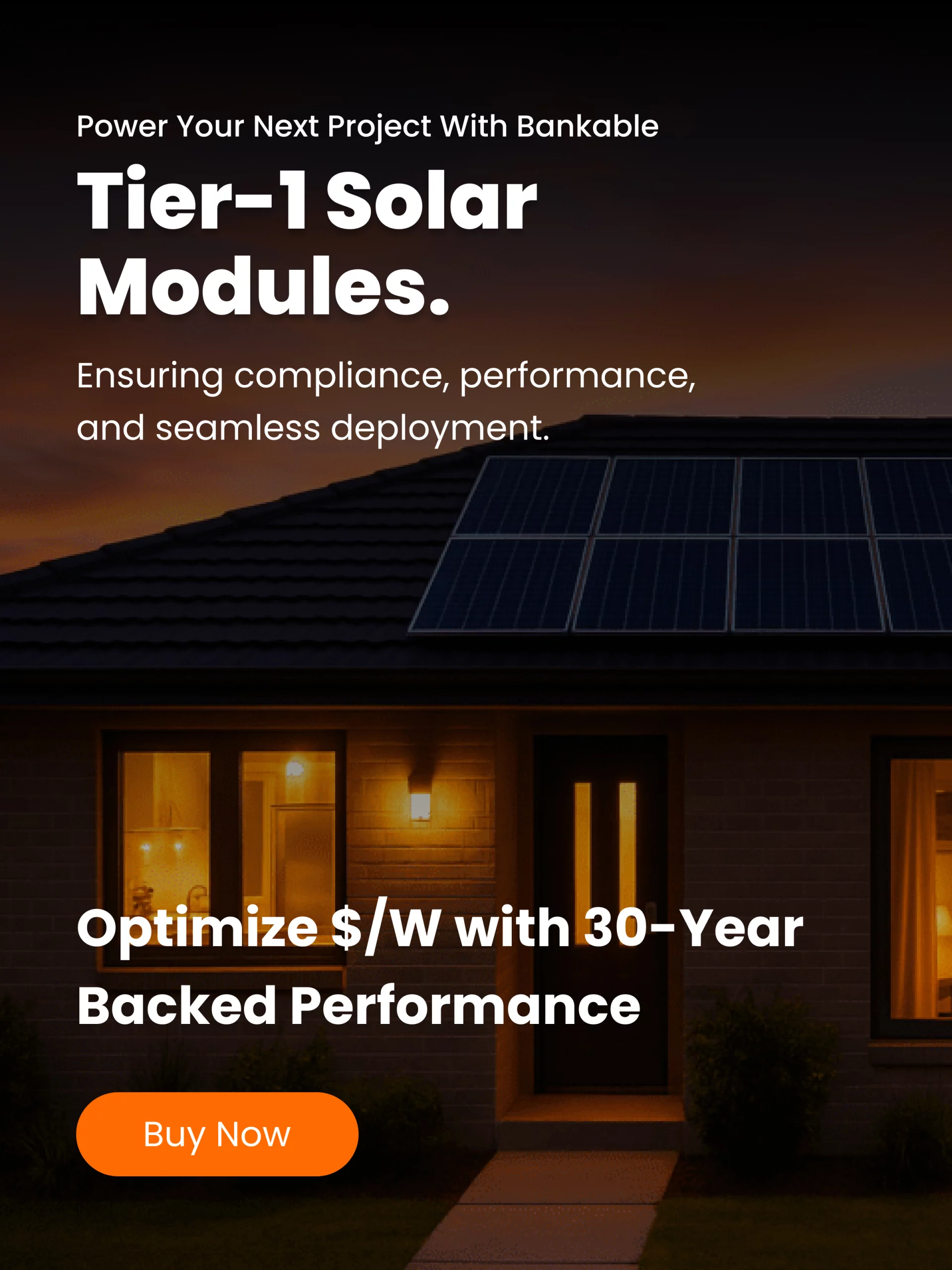For many, solar farms, also known as solar parks, have become a great way to save on electricity bills. While that’s good on its own, solar farms also can be a moneymaker when done right. So, what exactly is a solar farm and how much money can it make you?
Let’s break it down.
The idea of solar farms is not complex. They are made of the same solar systems you will find on rooftops, only at a much grander scale. While the average solar system at home produce a handful of kilowatts of power, solar farms have the ability to produce
megawatts and gigawatts, which are enough to power a whole village or even a city.
As impressive as it may sound, to achieve the production of electricity at this scale requires thousands or even millions of the most powerful monofacial and bifacial solar panels. Seeing that a 1-megawatt solar farm would need approximately 1,500-2,000 panels, it’s a given that such a project requires a lot of space and resources.
Types of Solar Farms:
Utility-scale solar panel fields
Utility-scale solar farms are typically owned and operated by energy companies or private owners. They often take up large areas of land and are known to generate megawatts of power. These farms provide electricity to the power grid directly which then is distributed across businesses and homes in the region.
Community solar farms
Community solar farms, smaller- scale installations compared to utility-scale farms, offer a targeted solution that is owned by neighborhoods or businesses. Individuals or businesses will often subscribe to a share of the solar farm’s capacity and receive electricity bill credits for the power generated. This helps those unable to install solar panels, like renters or those with unsuitable roofs, to reduce grid dependence and lower their bills.
Solar farm for companies
Often companies will take the initiative to set up their own solar farms to meet their own needs. This allows them to reduce their electricity bills and retain power during outages.
How to build a solar farm?
It is clear by this point that building a solar farm requires a lot of resources, especially land, equipment, paperwork and so much more. Here is a simple breakdown of the steps to build a solar farm.
Step #1: Preliminary assessments
Step #2: Obtaining permits
Step #3: Constructing a farm
Step #4: Maintaining the system
What kind of profits can you expect though?
Now that we know what solar farms are and have a rough idea of how to set them up, here’s how much money you could be making from them.
According to LevelTen Energy’s P25 national index, Solar power trades at about $52 per megawatt-hour in 2024.
If we take 5 hours of peak sun per day, we can expect to generate approximately 5 megawatt-hours of solar power per day and 1.8 gigawatt-hours per year from a 1-megawatt solar farm. So the math would look something like this, according to a solar specialist:
(1 MW x 5 psh x 365 days/year – 20%) x $52 ≈ $75,000/year
Solar farms could cost you $1 million in upfront costs which could take you 13 years to pay off. What other costs should you take into consideration, according to A1 Solar Store?
- Operational costs: Solar farms need regular monitoring, cleaning, repairs, and occasional panel replacements are all part of the equation.
- Taxes: Depending on your state, these can include property taxes on the land, income taxes on profits, and potential tax breaks or incentives offered by federal or state governments to encourage investment in renewable energy.
- Location: Location heavily impacts trading prices.
- Trading price: Solar farms usually sell electricity to utilities or commercial customers via power purchase agreements (PPAs). The price per kilowatt-hour varies by location and market conditions, with higher-cost areas offering better selling opportunities.




